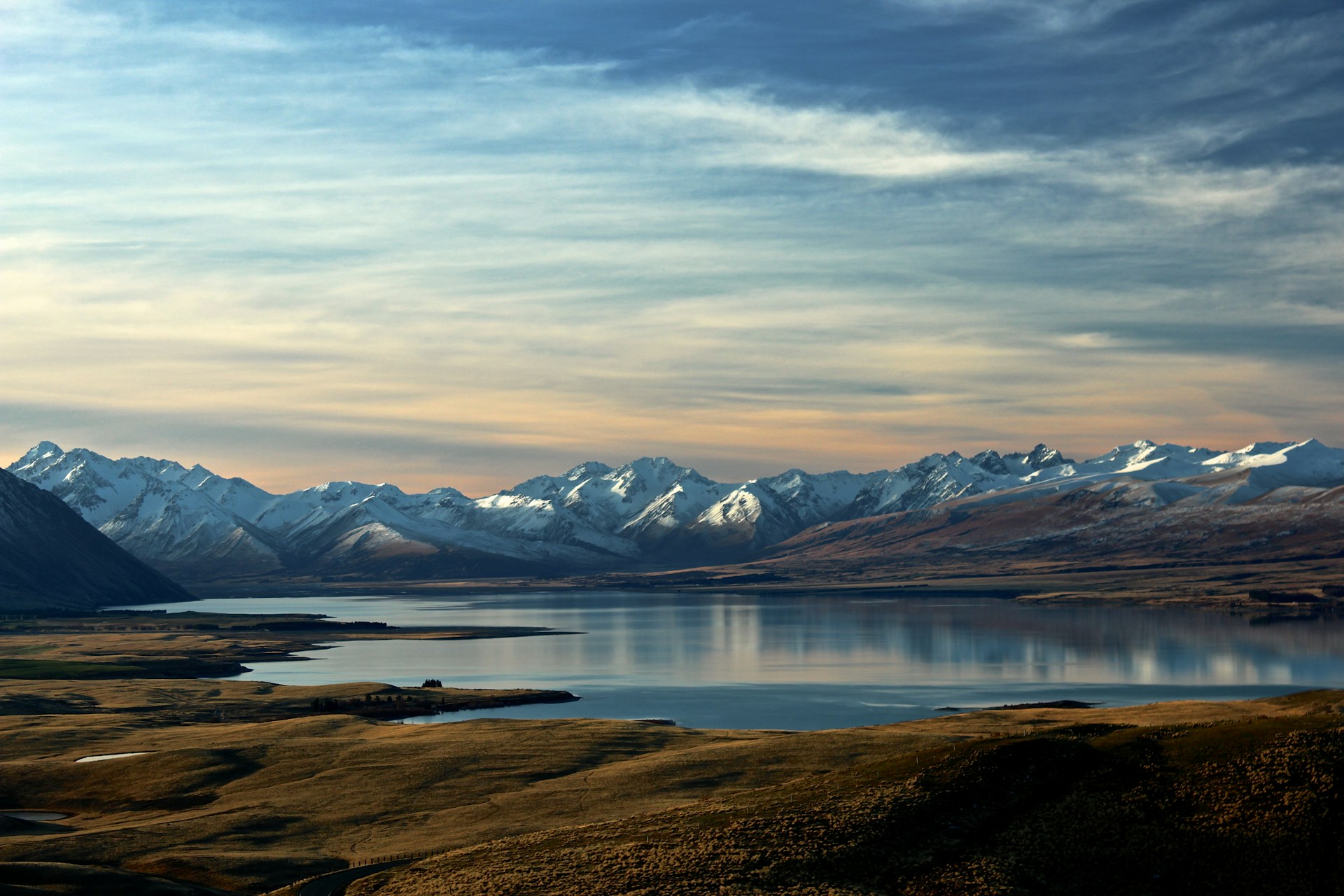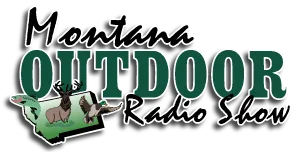As ice conditions deteriorate and weather starts to warm up, late winter and early spring seem to bring on the itch for open water fishing for all of us. While steelhead fishing is about to turn on in the upper Salmon River, a big part of this anticipation is for the upcoming spring and summer Chinook seasons. We get lots of calls and questions this time of year about the potential for fisheries in the upper Salmon River, especially as folks down river start discussing fisheries in the Clearwater and Little Salmon. Many of you have reached out to me with questions about the recent meetings regarding the lower river fisheries, what this means for upper Salmon River fisheries, and how you can get more info. Below is a primer on Chinook returns to the upper Salmon River, the season setting process, and what influences our ability to have fisheries.
Chinook returns (and fisheries) in Idaho are variable throughout the spring and early summer. We have different stocks of fish returning to different hatcheries, and while these stocks overlap to some extent during their migration, there is some separation in run timing. Below is a graph that shows the migration timing of adult Chinook salmon crossing Bonneville Dam for several of the Idaho hatchery groups. The graph shows the percent of that total hatchery return crossing over Bonneville Dam by date. I’ve lumped the Clearwater/Lower Salmon stocks (which includes spring Chinook returns to Dworshak, Kooskia, Clearwater, and Rapid River hatcheries) and compared them to the timing of Sawtooth and Pahsimeroi hatchery stocks which have a more summer-type run timing.
Run timing of Clearwater/Lower Salmon, Sawtooth, and Pahsimeroi hatchery stocks over Bonneville Dam.
These are averages based on the return years of 2008-2021, but they give us a good indication of where we are at as the runs progress. Looking at this graph helps us determine how the different hatchery returns are shaping up and compare between them. For example, in the same graph below I’ve added a vertical black dashed line on May 5th, when we generally first start to see Pahsimeroi fish crossing Bonneville Dam. As you follow that line up, it gives us an idea (based on historical run timing) how much of the run from different hatchery stocks we expect to have over Bonneville. You can see that by May 5th, generally we’ve got about 15% of the Sawtooth run, and nearly 50% of the Clearwater/Rapid River run, over Bonneville Dam and moving their way up through the system.
These differences in run timing are also why seasons are proposed at different times. The lower Salmon, Little Salmon, Snake, and Clearwater Chinook seasons are proposed at the March IDFG Commission meeting, which is why many of you have been attending public meetings and taking surveys related to those fisheries. The upper Salmon and SF Salmon seasons are proposed to the Commission in May or June, after we have a better understanding of how the returns are shaping up, and what potential seasons we may be able to offer.
It takes adult Chinook salmon about 2-3 weeks to get from Bonneville to Idaho and into our Idaho fisheries. A combination of run timing, PIT tag data, and genetic sampling all come into play to help us determine what fish are being encountered in what fisheries. For example, when Rapid River Hatchery fish (Little Salmon River) are showing up in the lower Salmon River fishery, most of the upper Salmon River Chinook are still moving through the lower Columbia River and Snake River. I’m not going say zero upper Salmon River fish get caught in lower Salmon River fisheries – they certainly can be caught, particularly if that season runs later than normal, but it’s not what dictates if we have fisheries in the upper Salmon or not. The number of Sawtooth, Pahsimeroi, and wild adult Chinook returns dictate our potential opportunities. Minimizing encounters of upper Salmon River fish in the lower Salmon River fishery is often why that fishery closes in early June – and the Little Salmon River remains open – allowing anglers to target adults returning to Rapid River Hatchery in the Little Salmon River, while allowing upper Salmon River fish (hatchery and wild) to move through the lower Salmon River.
At this point, we are just working with pre-season forecasts, and will know more about the adult Chinook returns across all the runs as the spring progresses.
Upper Salmon River season setting
What really dictates our ability to have fisheries in the upper Salmon River are the adult Chinook returns to our two hatchery facilities (Pahsimeroi and Sawtooth), and the number of wild adult Chinook returning. First, we need to have enough hatchery fish returning to these facilities to meet our broodstock needs (to refill the hatchery for the next generation) and any fishing opportunity will target the surplus return to that facility. Secondly, wild Chinook salmon in the upper Salmon River are listed as threatened under the Endangered Species Act (ESA), so our fisheries are conducted under permits from the National Oceanic and Atmospheric Administration (NOAA) and must provide protections for those listed wild Chinook. We know some wild Chinook will be caught (and released) and there will be some impact on those individuals (i.e. some will die from that catch and release encounter), but we can minimize those impacts by limiting the time and place where we have our fisheries in the upper Salmon River.
For example, if we open a fishery just above the mouth of the Middle Fork Salmon River upstream to Sawtooth Hatchery, anglers in the lower reach of that fishery have the potential to catch wild Chinook from nine different ESA-listed populations returning to the upper Salmon River and its tributaries (see image below):
Focusing angler effort and harvest close to the hatchery limits the number of wild Chinook we encounter in our fisheries. In this example, we’ve eliminated the impacts to the wild Chinook populations returning to areas downstream of the fishery. Ultimately, the number of wild ESA-listed Chinook returning to those various populations often dictates the location of the lower boundary of our Chinook fisheries in the upper Salmon River.
Balancing the potential impacts to ESA-listed wild Chinook with harvest of hatchery fish requires us to manage upper Salmon River fisheries much different than those in the Clearwater and Little Salmon River (Rapid River Hatchery). Hatchery and naturally produced spring Chinook in the Clearwater River and hatchery fish produced by the Rapid River Hatchery for the Little Salmon River fishery are not ESA-listed because they were derived from non-native stocks. Non-native stocks were used in the Clearwater because Lewiston Dam, which stood from the 1920s to 1973, eliminated the wild run. The Rapid River Hatchery program was started from non-native stocks as mitigation for salmon runs eliminated by the Hells Canyon dams. In the Clearwater and Little Salmon River fisheries, we are often trying to provide angling opportunities and distribute harvest amongst different angler groups, types, and communities. Conversely, in the upper Salmon we are working to provide angling opportunity while minimizing impacts to ESA-listed Chinook populations. Taking that into account, we have attempted to open as much of the upper Salmon River to Chinook angling as possible when we have surplus hatchery fish, while staying within our ESA permit guidelines. The balancing act of minimizing impacts to multiple wild Chinook populations while allowing harvest of surplus hatchery fish (from one or both facilities), has resulted in fisheries that vary in length from 8 to 190 river miles.
Prospects for 2023
As I mentioned above, the only info we currently have for an upper Salmon River Chinook fishery is based on our pre-season forecast. The pre-season forecast estimates that approximately 1,700 adult hatchery Chinook will return to Sawtooth Hatchery and approximately 800 adult hatchery Chinook will return to Pahsimeroi Hatchery. The broodstock need at Sawtooth is 1,109 fish while the need at Pahsimeroi is 664. That leaves a small surplus above and beyond the broodstock need (~600 fish at Sawtooth, but only ~130 at Pahsimeroi) – and as most of you already know, the surplus fish above our broodstock get split 50:50 between sport- and tribal-fisheries. So that means we should see a small surplus of hatchery fish at Sawtooth that could provide a fishery on this stock, but it’s not very likely that we’ll have fishing opportunity on the Pahsimeroi stock this year.
The one thing we know about forecasting adult Chinook returns is that we are never 100% accurate. Obviously, this is not an exact science, as many things change from year to year. Juvenile and adult survival during their migrations and while they are in the ocean varies annually and can influence the accuracy of our estimates. Based on prior years estimates and actual returns, we have found that when we are in a downward trend (year after year) of adult Chinook returns, we tend to overestimate adult returns with our forecasting. And conversely, when we are in an upward trend, we tend to underestimate the coming years’ adult forecast.
Based on this observed pattern, if we are still on an upward trend we would expect the actual number of fish returning to be a bit higher than what our forecast tells us. This is something we’ll be able to determine as fish start returning to the Columbia River Basin and dam counts begin. As we encounter those fish and start detecting PIT tags, that will help us determine the run size for individual stocks or hatchery groups and help us determine what fishing opportunity to propose to the IDFG Commission.
I hope this helps shed a little light on what factors influence our ability to open Chinook fisheries in the upper Salmon River, the balancing act that is required to do so, and why the fishery boundaries are so variable. As always, if you have other questions, comments, or would like to be added to my email update list, please reach out to me at: greg.schoby@idfg.idaho.gov or at the Salmon Regional office (208) 756-2271.



